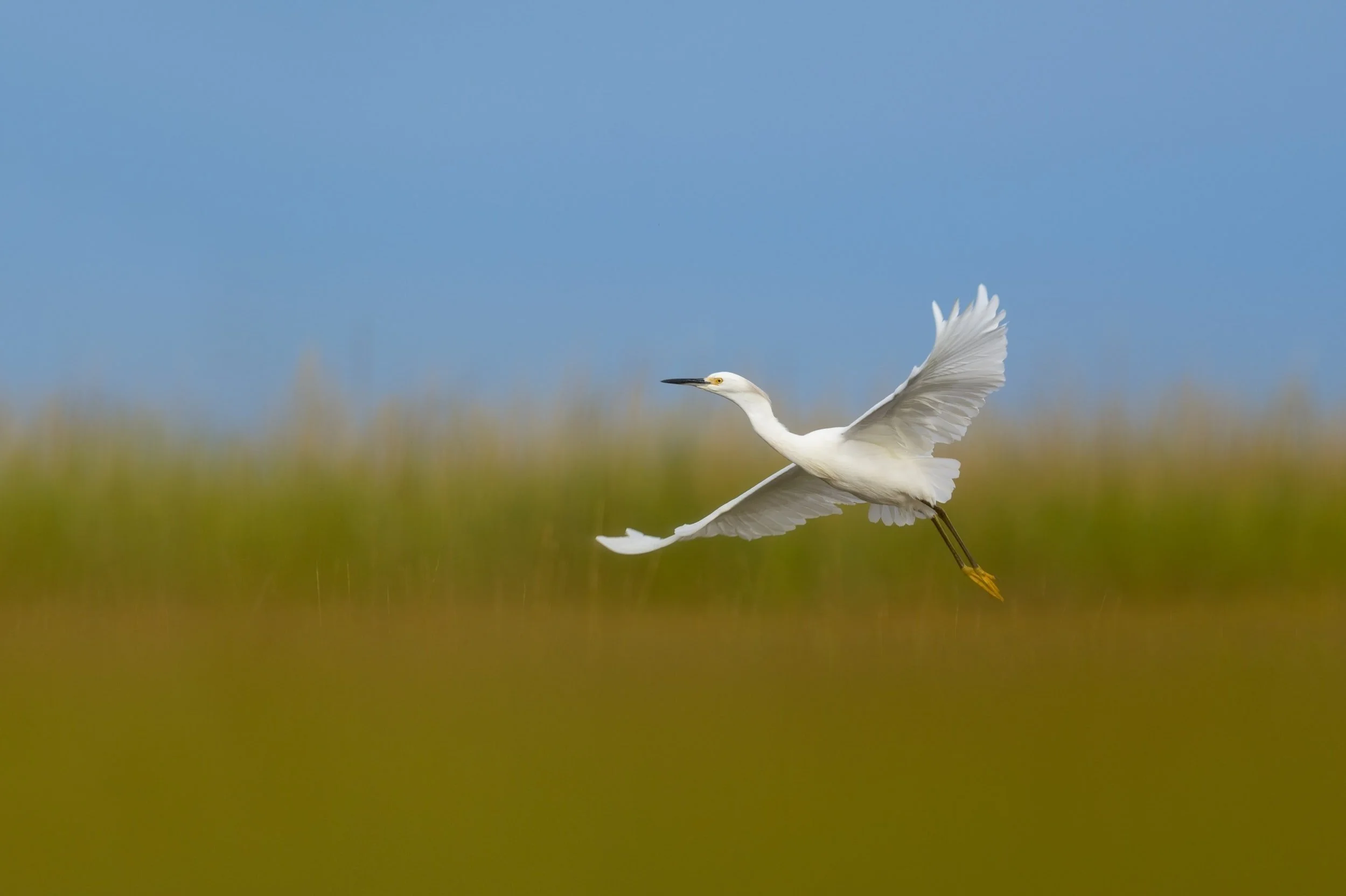Freshwater ecosystems and the biodiversity they support remain the most threatened on Earth
Freshwater ecosystems and the biodiversity that they support are in crisis. Almost one in three freshwater species are threatened with extinction - and since 1970, populations of monitored freshwater species have declined by about 84% on average. Further, only 1/3 of the planet’s rivers remain free-flowing, with only 17% of these free-flowing rivers inside protected areas.
Freshwater ecosystems cover less than 1% of the surface of the Earth, yet harbor an estimated 12% of all known species, including one-third of all vertebrate species and over half of all fish species. They directly or indirectly support most forms of life on our planet and provide goods and services that are critical for economies, lives and livelihoods of billions of people.
These life sustaining services are at risk. The World Economic Forum reports that the development associated with increased human demand for freshwater resources is rated as the worst of the “Global Risks” to political, social and economic security.
freshwater ecosystems require more than land protection
The current approaches to global protection target setting and conservation planning for protected area networks generally assume land protection equals freshwater protection and, as a result, has often meant that freshwater biodiversity and its needs have been left out and vulnerable to impacts from human development from within and outside the protected area.
In places where terrestrial protected areas do provide some benefit to freshwater biodiversity, this protection often lacks durability, as evidenced by the globally widespread development of dams inside protected areas – and proposals for an additional 500 dams within protected area borders.
Further, a standard approach for measuring progress toward the global Convention for Biological Diversity’s Aichi target for 17% of inland waters protected by 2020, was not adopted or tracked and freshwater protection is not currently being measured in global assessments of protected and effectively managed areas. There is an urgent need for metrics specific to freshwater protection and for a mandate to measure its status and growth to be included in the post-2020 Global Biodiversity Framework.
Freshwater systems play a critical role in providing services to people and the conservation and protection of these systems has a unique dependance on collective human action. Conservation and protection efforts need to ensure inclusivity of a range of stakeholders. In particular, it requires elevating the voices and recognizing the critical role that local communities and indigenous peoples play in stewarding freshwater ecosystems and their biodiversity.
GOING FORWARD – Freshwater protection and THE POST 2020 GLOBAL BIODIVERSITY FRAMEWORK
The post 2020 Global Biodiversity Framework offers a once in a decade opportunity to secure the most threatened ecosystems on earth.
A framework that incentivizes and tracks the state of freshwater systems and biodiversity and the level of protection afforded is urgently needed, including representation of systems of different sizes. UN Water’s inputs on the draft 2020 Global Biodiversity Framework summarize the recommended metrics and updated language would allow for more comprehensive inclusion of freshwater issues.
A better approach is not only possible, but necessary. Advances in remote sensing and spatial analysis provide clear avenues for monitoring the status of freshwater ecosystems over the next decade. Science tells us that through integrated planning for terrestrial and freshwater protection and conservation, we can increase the benefits to biodiversity sixfold at little to no opportunity cost. And importantly, durable policy, finance and community stewardship mechanisms for freshwater protection are budding around the globe that can support the conservation of freshwater ecosystems and the life they sustain.



